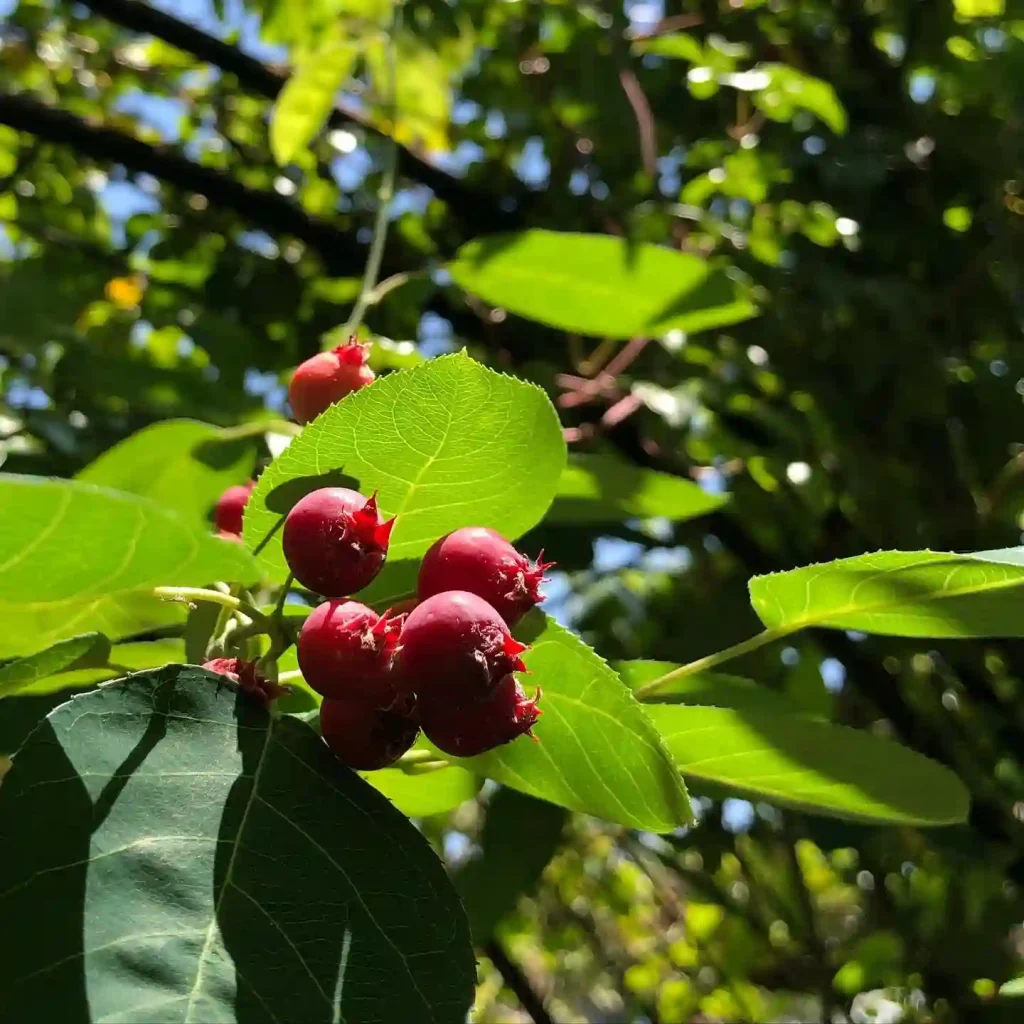
Peperomia Incana: Frequently Asked Questions
Hi there, Ferb Vu here! I’m a plant enthusiast with a particular fondness for the unique and beautiful Peperomia Incana.
Today, I’m going to answer some of the most common questions I get about this captivating little plant.
1424 Species in Genus Peperomia
What is a Peperomia Incana?
The Peperomia Incana, also known as the Velvet Leaf Peperomia or Silver Ripple Peperomia, is a small, vibrantly colored succulent belonging to the Piperaceae family. Hailing from South America, it’s prized for its velvety, textured leaves that shimmer with a silvery sheen.
What makes the Peperomia Incana special?
Here are just a few reasons why the Peperomia Incana stands out:
- Distinctive foliage: The velvety, textured leaves boast a stunning combination of silver and deep green hues, creating a mesmerizing ripple effect.
- Compact size: This petite plant thrives in small spaces, making it ideal for apartments, windowsills, or terrariums.
- Low maintenance: A true delight for busy plant parents, the Peperomia Incana requires minimal care and is quite forgiving of neglect.
How do I care for my Peperomia Incana?
Providing the right environment is key to keeping your Peperomia Incana happy and thriving. Here are some basic tips:
- Light: Bright, indirect sunlight is ideal. Avoid harsh, direct sunlight, which can scorch the leaves.
- Watering: Water thoroughly when the top inch of soil feels dry to the touch. Overwatering is a common enemy, so ensure proper drainage.
- Soil: A well-draining succulent or cacti mix is recommended.
- Humidity: While not strictly necessary, moderate humidity levels can benefit your Peperomia Incana.
Is the Peperomia Incana difficult to grow?
Not at all! This resilient little plant is perfect for beginners. As long as you provide it with adequate light, proper drainage, and avoid overwatering, you’ll be rewarded with a healthy and visually striking addition to your home.
How big does a Peperomia Incana get?
Typically, a Peperomia Incana won’t grow much larger than 8 to 12 inches in height and width. Its slow-growing nature makes it a fantastic choice for those seeking a low-maintenance houseplant.
Does the Peperomia Incana flower?
Peperomia Incana may produce small, greenish-white flower spikes, but they’re not particularly showy. The true beauty lies in the captivating foliage.
Is the Peperomia Incana toxic to pets?
While not considered highly toxic, it’s always best to err on the side of caution. Keep your Peperomia Incana out of reach of curious pets who might nibble on the leaves. If ingested, it may cause mild stomach upset.
Can I propagate my Peperomia Incana?
Absolutely! This plant propagates easily through leaf cuttings or stem cuttings. With a little care, you can create new Peperomia Incana to share with friends or add to your own collection.
What are some common problems with Peperomia Incana?
- Overwatering: This is the most frequent culprit. Signs include yellowing leaves, mushy stems, and stunted growth.
- Lack of light: If your Peperomia Incana isn’t receiving enough light, the leaves may lose their vibrancy and become leggy.
- Mealybugs: These tiny, sap-sucking insects can infest your plant. Look for white, cottony clusters on the leaves and stems. Neem oil is a natural solution for getting rid of them.
How is the Peperomia Incana different from other Peperomia varieties?
There are over 1,000 varieties of Peperomia, each with its own unique characteristics. Here’s a quick comparison of the Peperomia Incana to two popular choices:
- Peperomia Obtusifolia (Baby Rubber Plant): This variety boasts larger, glossy leaves and can grow taller than the Peperomia Incana.
- Peperomia Watermelon: As the name suggests, this Peperomia features variegated leaves with green and deep red stripes, resembling a watermelon rind.
Ultimately, the best Peperomia for you depends on your personal preferences and the amount of space you have available.
Where can I buy a Peperomia Incana?
Peperomia Incana is becoming increasingly popular and can often be found at plant nurseries, garden centers, and even some online retailers.
Can I repot my Peperomia Incana?
Yes, repotting every 1-2 years into a slightly larger pot with fresh potting mix is recommended to ensure proper drainage and nutrient availability.
How do I clean the velvety leaves?
While the fuzzy texture is tempting to touch, resist the urge! Instead, gently wipe the leaves with a damp cloth to remove dust. Avoid using harsh chemicals or soap.
What are the benefits of owning a Peperomia Incana?
Beyond its aesthetic appeal, studies suggest that houseplants can improve air quality and reduce stress levels.
With its unique beauty, ease of care, and potential health benefits, the Peperomia Incana is a fantastic choice for plant enthusiasts of all experience levels. So why not bring a touch of the tropics into your home today?
If i die, water my plants!



